READY TO GET STARTED?
REQUEST A FREE ESTIMATE
Fill out the form below or call (888) 466-7849 for a free, no-obligation estimate.
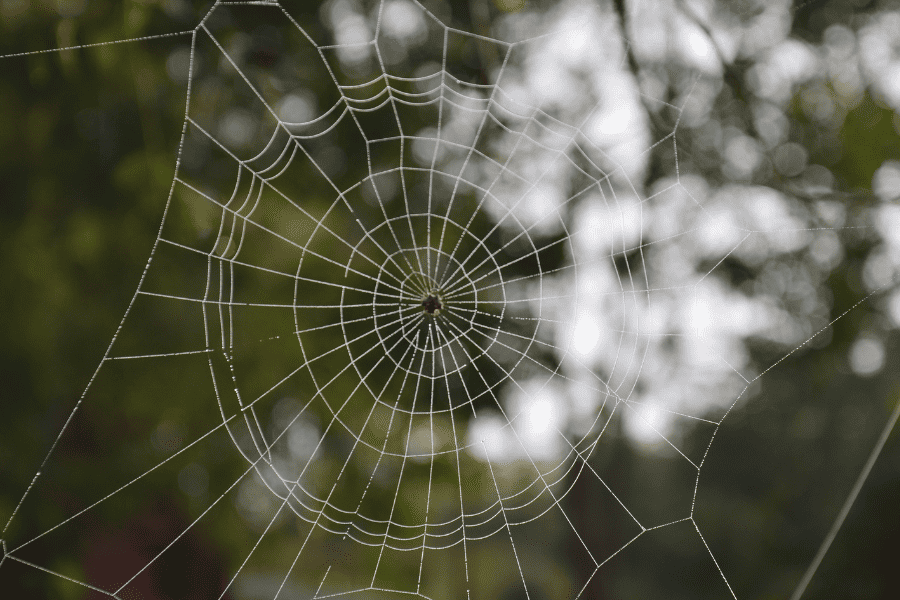
Did you know that most spiders are venomous? It’s true! Luckily (if you can look at it that way), only a few types of spiders have venom powerful enough to harm humans. These include the widows and the recluses. Check out our list of venomous spiders in Florida and their characteristics to easily identify them.
Spiders will bite as a defensive mechanism and these bites usually arise when we place our hands or feet in areas where we don’t see these spiders. A bite from any of these venomous spiders can lead to swelling, severe pain, nausea, sweating, and intense muscle cramps. If you think you’ve been bitten by a venomous spider, seek medical attention immediately.
Spiders will hide out where they know high populations of pests reside. This means they can find a safe space inside your home. Here are some easy tips to follow to ensure they don’t take up residence in your home:
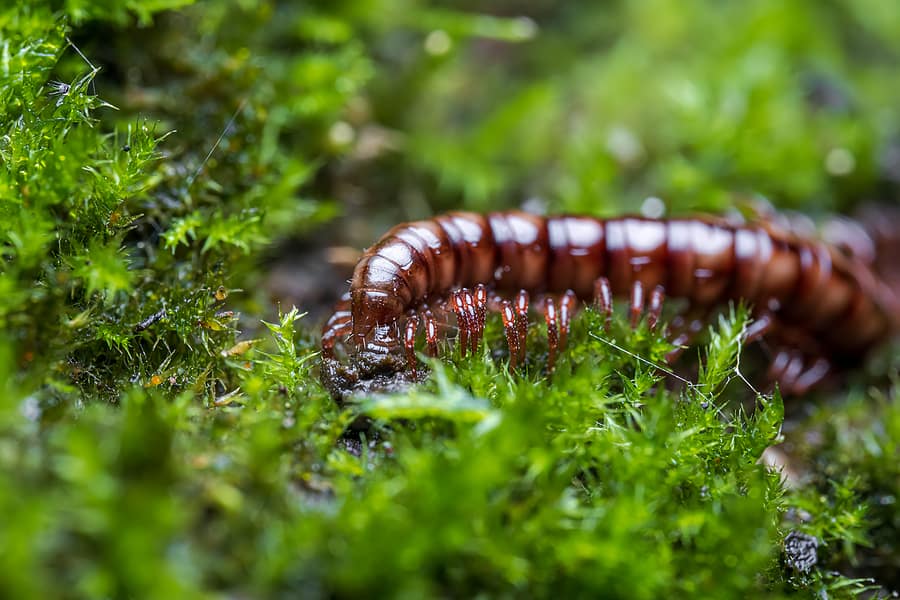
Centipedes are arthropods that will often make their way into your home. Although centipede means “100 legs,” not every centipede actually has that many. Most centipedes prefer dark, damp spaces and are commonly found outdoors under rocks, logs, or piles of leaves. Other species can be found in your home. Here are 5 of the most common type of centipedes you may come across in our area.
House centipedes are found throughout North America and even in Hawaii. They can grow to be 1-1/2″ long and have 15 pairs of legs. Their bodies are yellowish-gray in color with 3 stripes on their backs. They have long antennae. House centipedes are usually found in dark areas of your home, like the basement. They are usually harmless, but will bite you if they are handled. They are quite beneficial to have around as they will eat roaches, moths, termites, and other household pests.
The Eastern Red centipede is found across the East Coast. These centipedes grow to about 2-1/2″ long. Their bodies are red or orange in color with lighter orange legs. They like moisture and will burrow under wet leaves, logs, compost piles, and woodpiles. They are venomous with a very painful bite.
The Eastern Bark centipede can be found in the Eastern United States and Canada westward to the Rocky Mountains. They can grow up to 3″ long. These centipedes vary in color, ranging from solid orange-brown to dark brown. Some species also have an olive colored stripe on their back. Their heads are brownish-red and their antennae and legs are yellow. These centipedes are nocturnal and live under rocks and logs. They are venomous and will bite.
The diamondback soil centipede will grow up to 2″ in length. They have light brown bodies with dark brown diamonds on their backs. They are found throughout North America, typically in gardens rather than inside the home. They live under debris and will burrow into the soil. They don’t have eyes and don’t bite. They secrete a poisonous substance from the underside of their bodies in an attempt to ward off predators but they are not considered a threat to humans.
Brown centipedes originated in Europe (where they are quite common) but can now be found on the Eastern seaboard of the United States. They grow to about 1″ in length. They have brown bodies, long antennae, and long tails. They hunt at night and can often be found in dark areas of the home, such as the basement. They do have venomous fangs but they are so small that they do not pose any threat to humans. In fact, they are beneficial to have around because they eat other household pests.

Centipedes and millipedes are two common household pests that are often mistaken for each other. How can you tell them apart? How can you tell if they’ve infested your home? Learn the difference between centipedes and millipedes, along with tips to prevent both of them from taking over your home.
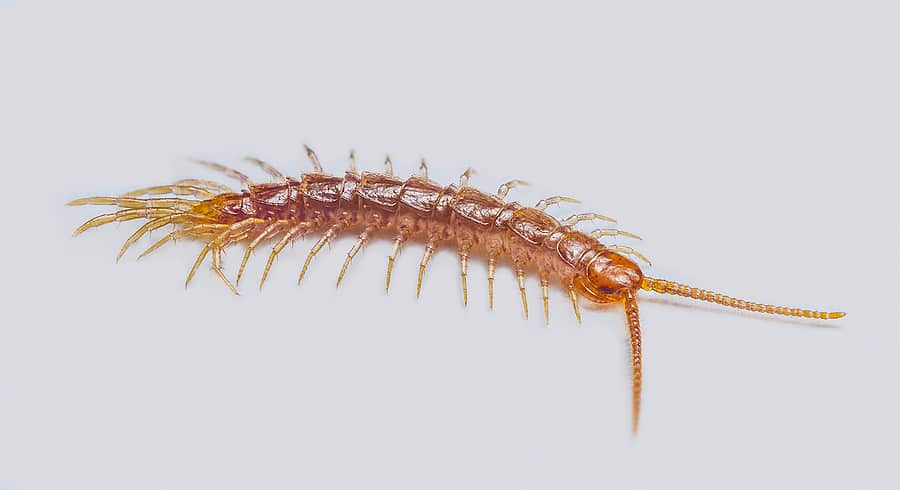
Centipedes have elongated, flat, segmented bodies with 1 pair of legs per segment. They can have anywhere from 15 to 177 pairs of legs. They have long antennae on their heads, as well. They can come in a variety of colors but the most common species are either brown or reddish-orange. These pests are attracted to damp, dark areas like basements, bathrooms, and closets.
Centipedes are nocturnal and can move very fast, making them hard to spot by homeowners. In fact, the only real sign of centipedes in your home is spotting live pests.
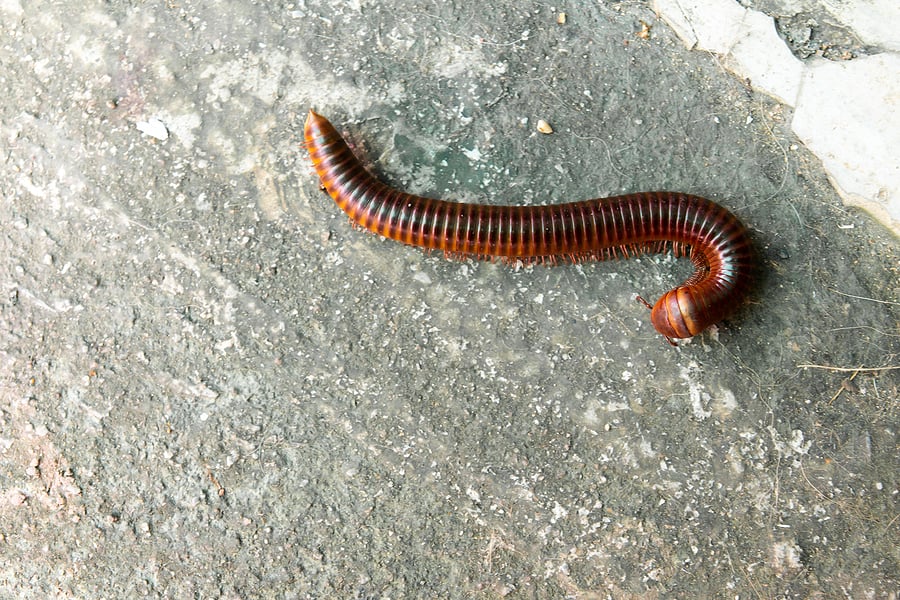
Millipedes have long, cylindrical bodies with 2 rows of legs on their bodies and 1 row of legs on the front of their bodies. They grow to about 1 to 2 inches in length. These pests will curl into a ball when touched or threatened. They prefer dark, damp spaces and are often found under wood piles, under rocks, and under trashcans. When they come indoors, they can often be found in attics, basements, sheds, and crawlspaces. These pests eat damp and decaying wood particles and plants.
Millipedes are also nocturnal so spotting them can be difficult. Signs of millipedes include seeing live pests in your home and signs of structural damage. These pests will eat damp or decaying wood so look out for damage to firewood, cardboard boxes, etc.
Although centipedes and millipedes don’t pose a significant threat to humans or homes, they can be a nuisance to have around. Routine pest control can help keep these, and other common household pests, from taking over your home. Contact your local pest control company for an inspection.
How to Identify Stinging Pests in the Southeast
How To Avoid Mosquito Bites this Summer

There are over 5000 species of ladybugs worldwide. These insects, also known as ladybird beetles or lady beetles, are common throughout North America. Their appearance varies depending on the species; colors can range from red to orange and they can have spots, stripes, or even no pattern on their dome shaped bodies.
Ladybugs are harmless to humans and are even considered to be good luck in some cultures. They are beneficial to have around as they eat aphids and other plant-eating pests. While they are harmless to us, they can stain walls and furniture in your home and give off an odor.
Ladybugs are most active from spring to fall. Once the weather cools off, they will search for warm, isolated places to overwinter, such as rotting logs, under rocks, or inside our homes. When the weather warms up again, they will emerge from their hiding spots, seemingly taking over the homes they infested.
You can get rid of ladybugs by:
If you have an issue with ladybugs or other household pests, contact your local pest control company for a free evaluation.
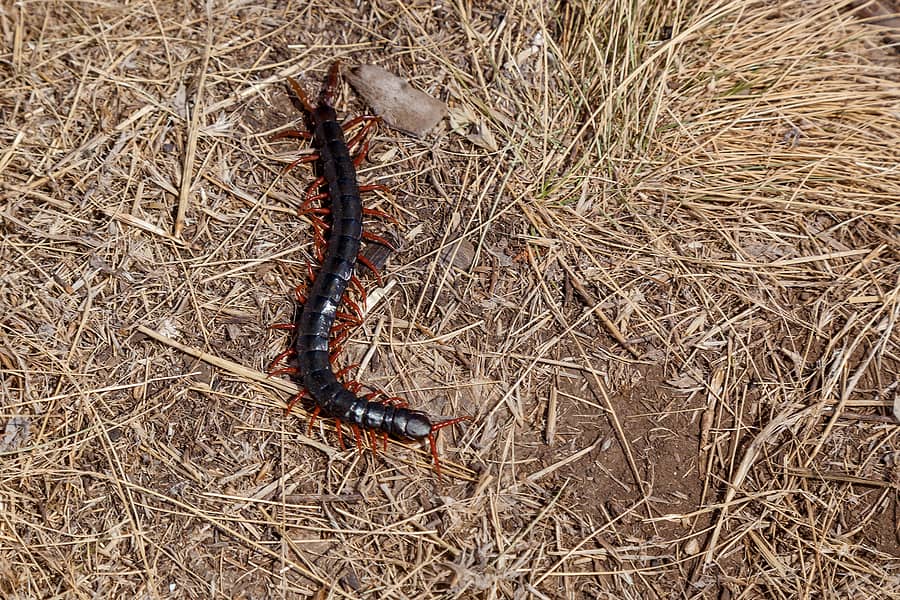
Centipedes are one of the most common household pests. Reaching lengths of 1 to 2 inches, these creepy looking critters also have 15 sets of legs. While it can be startling to find one in your home, they aren’t harmful to humans. They don’t carry disease, don’t damage homes, and don’t consume human food. They will, however, bite if they feel threatened, although this is rare.
Centipedes can be very beneficial to have around. In fact, they are considered a form of natural pest control. They feed on other pests, such as roaches, spiders, termites, and ants.
Centipedes come into our homes in search of dark, humid environments in which they thrive. They will also seek access to food sources (like other pests commonly found in your home).
Get rid of centipedes in your home by:
If you have a problem with centipedes or any other household pests, contact your local pest control company for an evaluation.